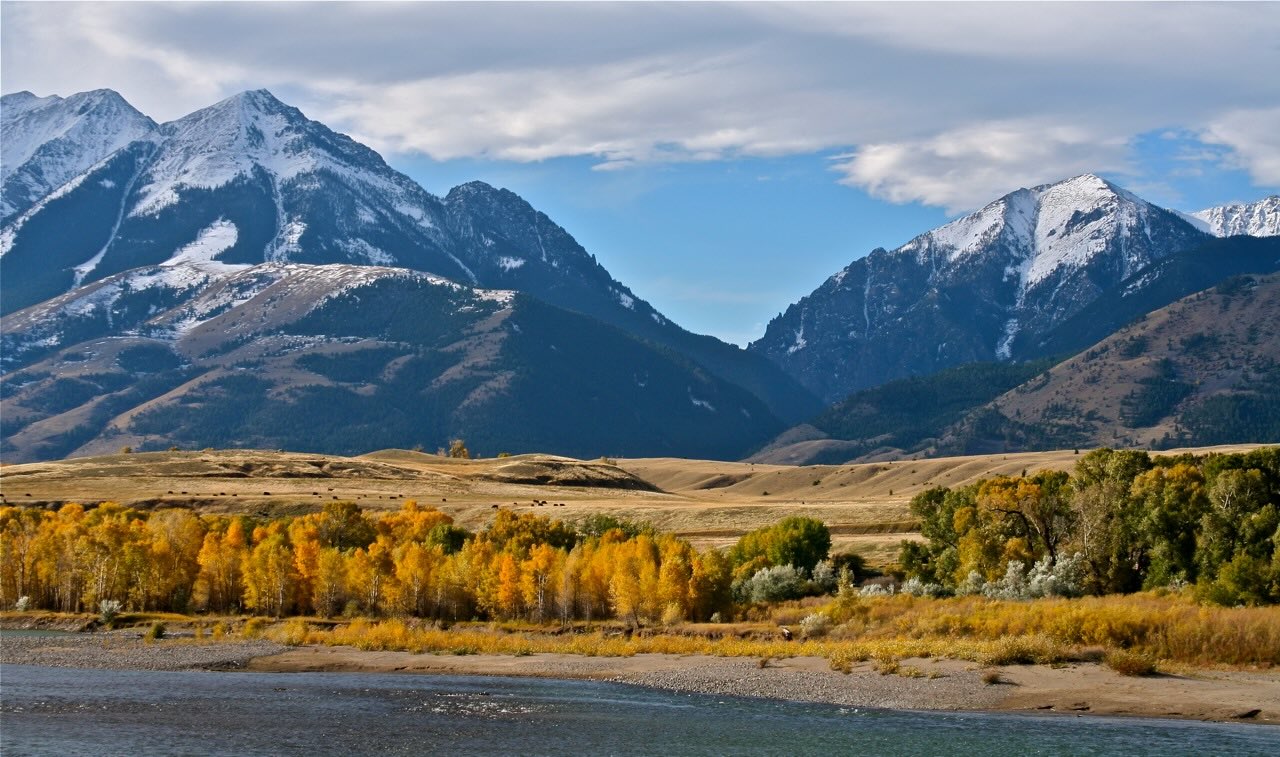Hidden Indigenous Signal Sites In Montana’s Yellowstone Valley

Have you ever wondered about the hidden stories of Montana's Yellowstone Valley? This area is not just about stunning landscapes and wildlife. It holds secrets of ancient Indigenous signal sites that have been used for centuries. These sites were crucial for communication among tribes, helping them send messages across vast distances. Imagine standing where Native Americans once stood, using smoke signals or mirrors to communicate important news. Exploring these hidden gems offers a unique glimpse into the past, connecting us with the rich history and culture of the Indigenous people. Ready to uncover the mysteries of these fascinating locations? Let's dive in!
Hidden Indigenous Signal Sites in Montana's Yellowstone Valley
Montana's Yellowstone Valley holds secrets from the past. Indigenous tribes used signal sites to communicate across vast distances. These places, often hidden in plain sight, offer a glimpse into ancient ways of life. Let's uncover some of these fascinating locations.
Signal Hill
Signal Hill stands as a testament to the ingenuity of Indigenous tribes. This site provided a vantage point for sending smoke signals.
- Signal Hill: Located near Billings, this hill offers panoramic views of the valley. Tribes used it to send messages using smoke or mirrors.
Pictograph Cave State Park
Pictograph Cave State Park is more than just a collection of ancient drawings. It served as a communication hub for tribes.
- Pictograph Cave: Found near Billings, this cave contains ancient drawings. These pictographs were part of a larger communication system.
Pompeys Pillar
Pompeys Pillar is a natural rock formation with historical significance. It was used for signaling and as a landmark.
- Pompeys Pillar: This towering rock formation near the Yellowstone River was a key signal site. Tribes used it to send messages and as a navigation point.
Sacrifice Cliff
Sacrifice Cliff holds a tragic story but also served as a signal site. Its high elevation made it ideal for sending signals.
- Sacrifice Cliff: Located near Billings, this cliff was used for signaling. Its height allowed for long-distance communication.
Weatherman Draw
Weatherman Draw is a hidden gem with ancient petroglyphs. It was also a place for sending signals.
- Weatherman Draw: This site near Bridger contains petroglyphs and was used for signaling. The drawings here tell stories and served as messages.
Pryor Mountains
The Pryor Mountains are rich in history and natural beauty. They were also used for signaling by Indigenous tribes.
- Pryor Mountains: Located south of Billings, these mountains were used for signaling. Their high peaks provided excellent vantage points.
Chief Plenty Coups State Park
Chief Plenty Coups State Park honors a Crow chief and his legacy. It also includes areas used for signaling.
- Chief Plenty Coups State Park: Near Pryor, this park includes sites used for signaling. It offers insights into the life of Chief Plenty Coups and his people.
Medicine Rocks
Medicine Rocks is a sacred site with unique rock formations. It was also used for signaling by Indigenous tribes.
- Medicine Rocks: Found near Ekalaka, these rocks were used for signaling. The formations provided natural markers for communication.
Crazy Mountains
The Crazy Mountains are steeped in legend and history. They were also used for signaling by Indigenous tribes.
- Crazy Mountains: Located north of Livingston, these mountains were used for signaling. Their rugged terrain made them ideal for communication.
Beartooth Mountains
The Beartooth Mountains are known for their stunning beauty. They also served as signal sites for Indigenous tribes.
- Beartooth Mountains: Near Red Lodge, these mountains were used for signaling. Their high peaks provided excellent vantage points.
Yellowstone River
The Yellowstone River itself was a vital communication route. Signal sites along its banks helped tribes stay connected.
- Yellowstone River: This river was lined with signal sites. Tribes used it for communication and transportation.
Discovering Montana's Hidden History
Exploring Montana's Yellowstone Valley reveals a rich tapestry of Indigenous signal sites. These sites, often overlooked, offer a glimpse into the past, showcasing the ingenuity and communication methods of Native American tribes. Visiting these locations not only provides a deeper understanding of history but also connects us to the land and its original inhabitants.
When planning your next trip, consider adding these hidden gems to your itinerary. You'll gain a unique perspective on the region's cultural heritage and natural beauty. Remember to respect these sacred sites, preserving them for future generations.
Montana's hidden history is waiting to be discovered. Embrace the opportunity to learn, explore, and appreciate the legacy of the Indigenous peoples who first called this land home. Your journey through the Yellowstone Valley will be enriched by these remarkable historical treasures.

